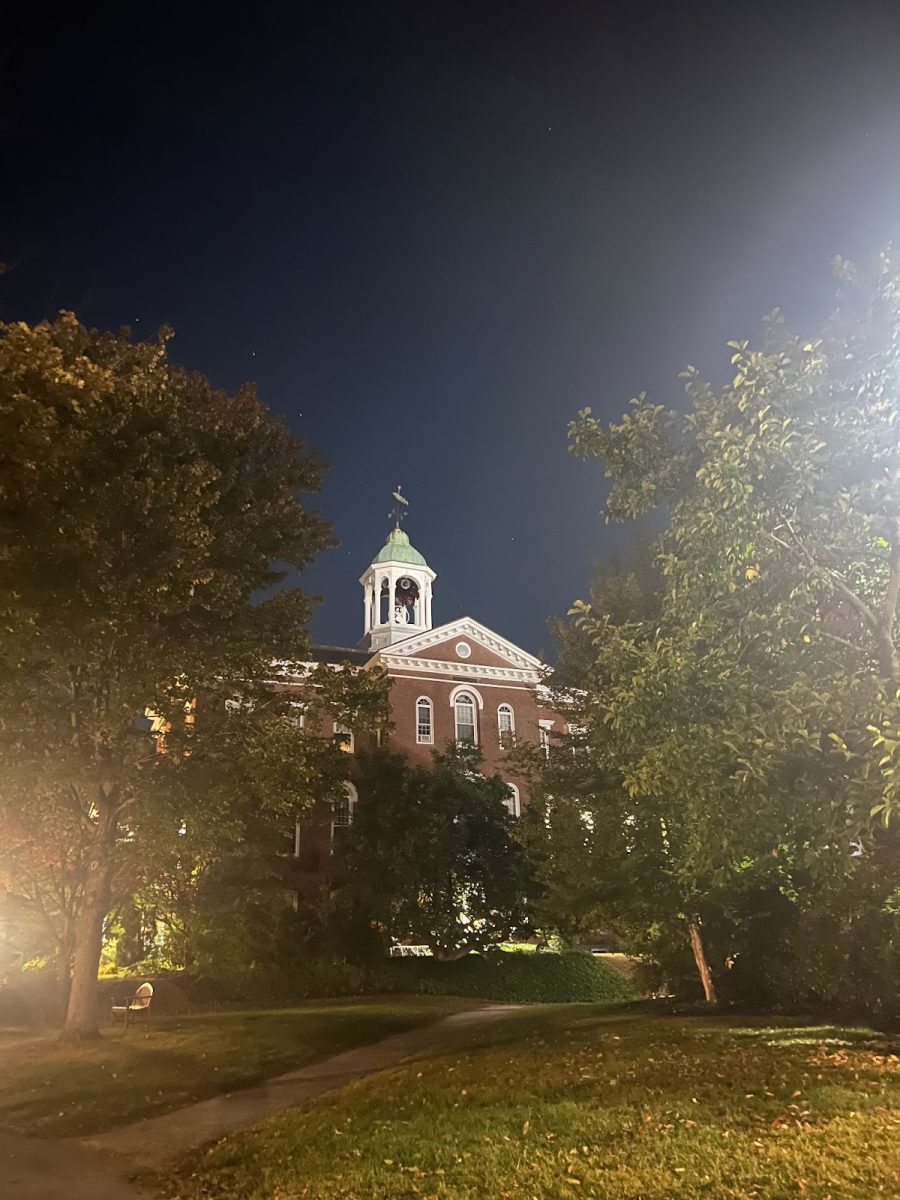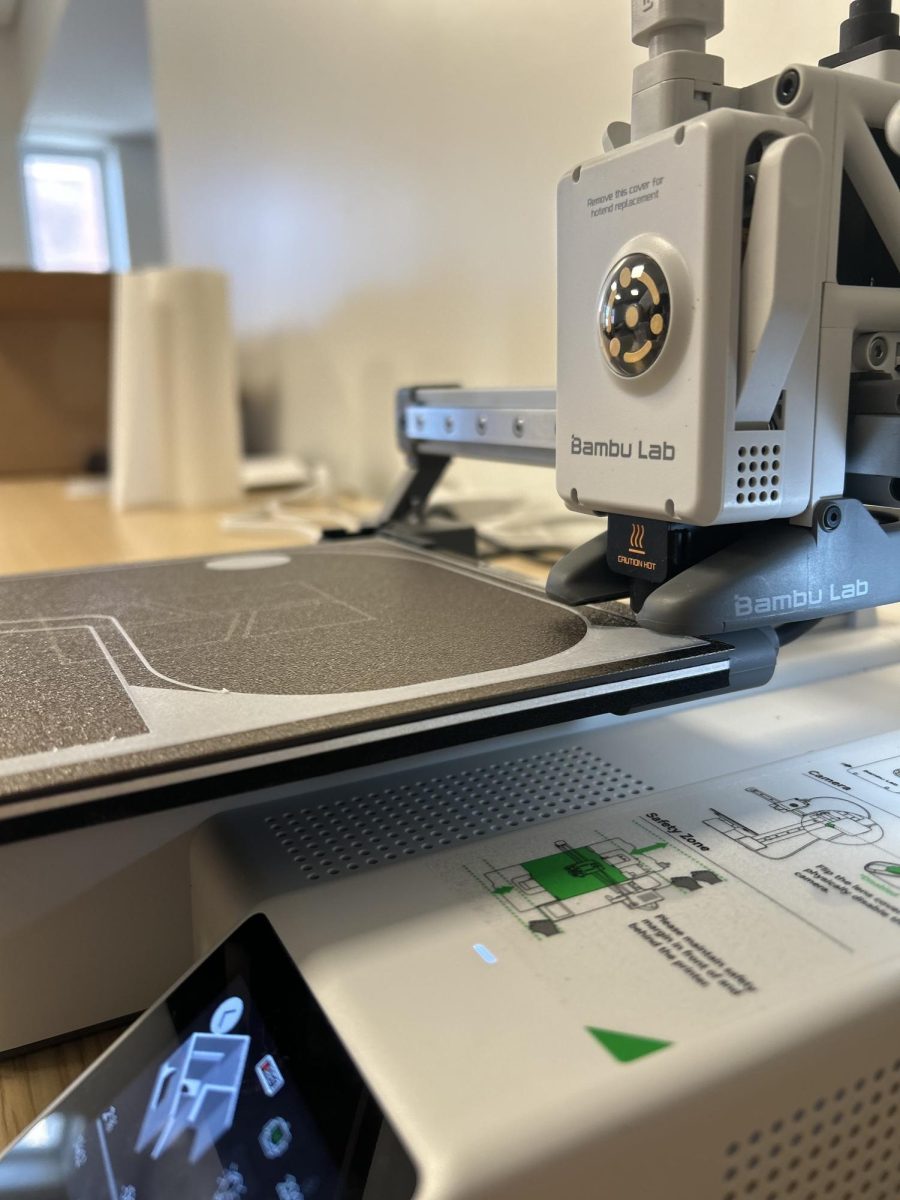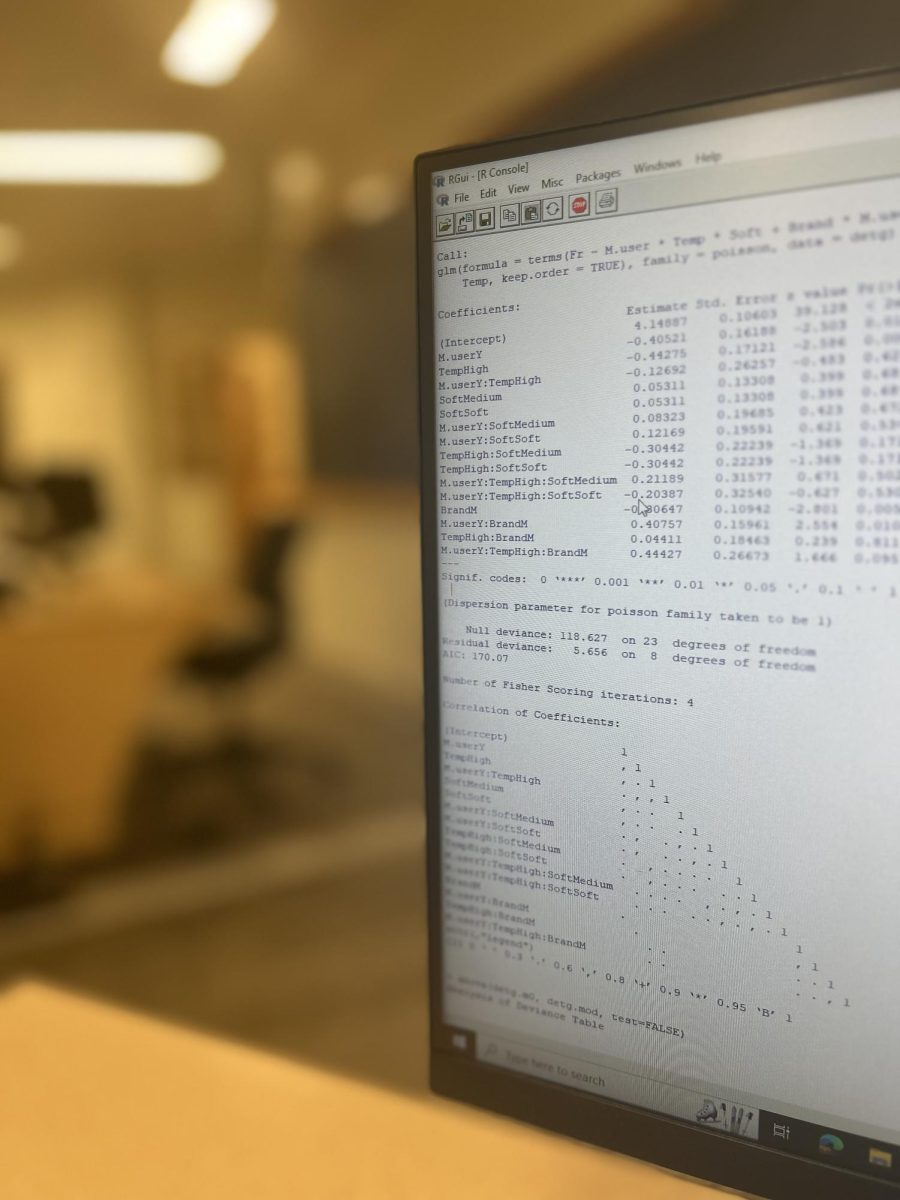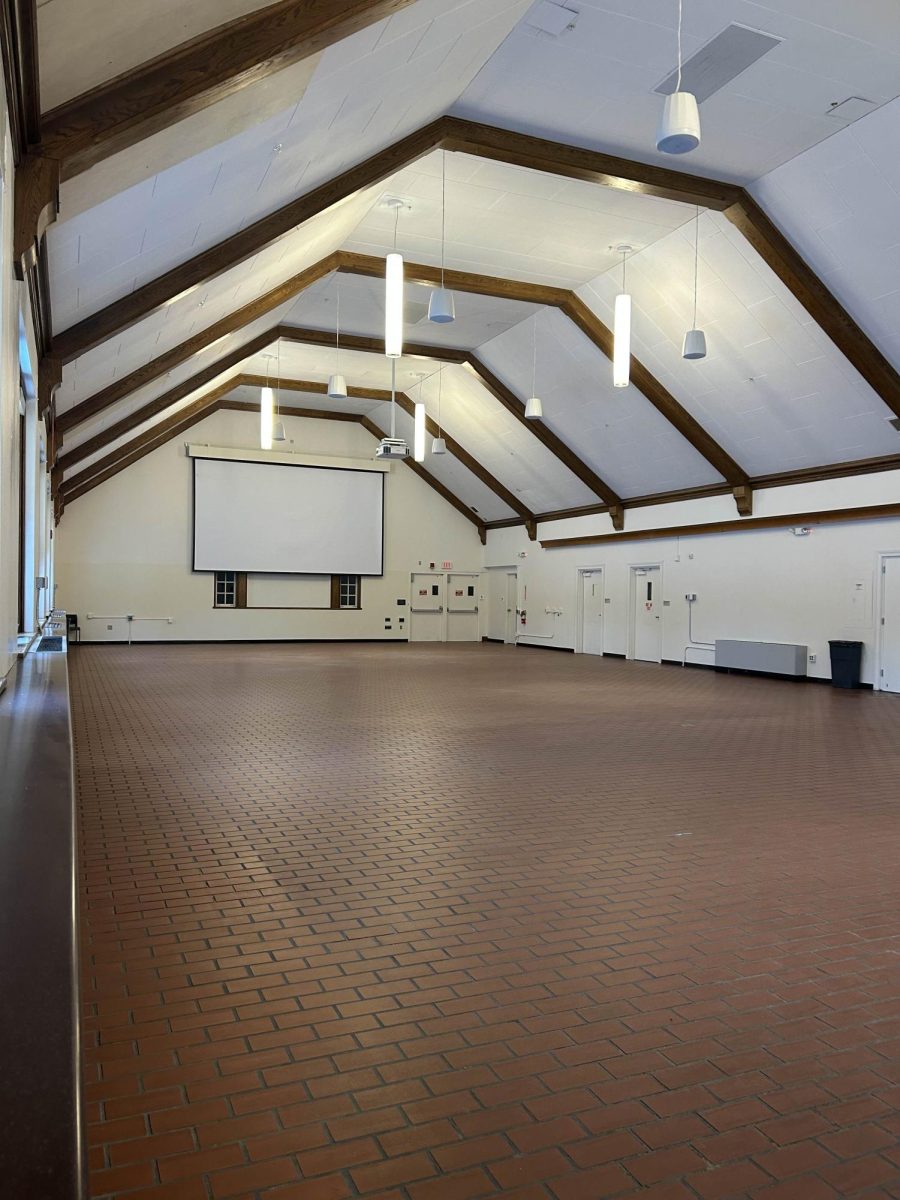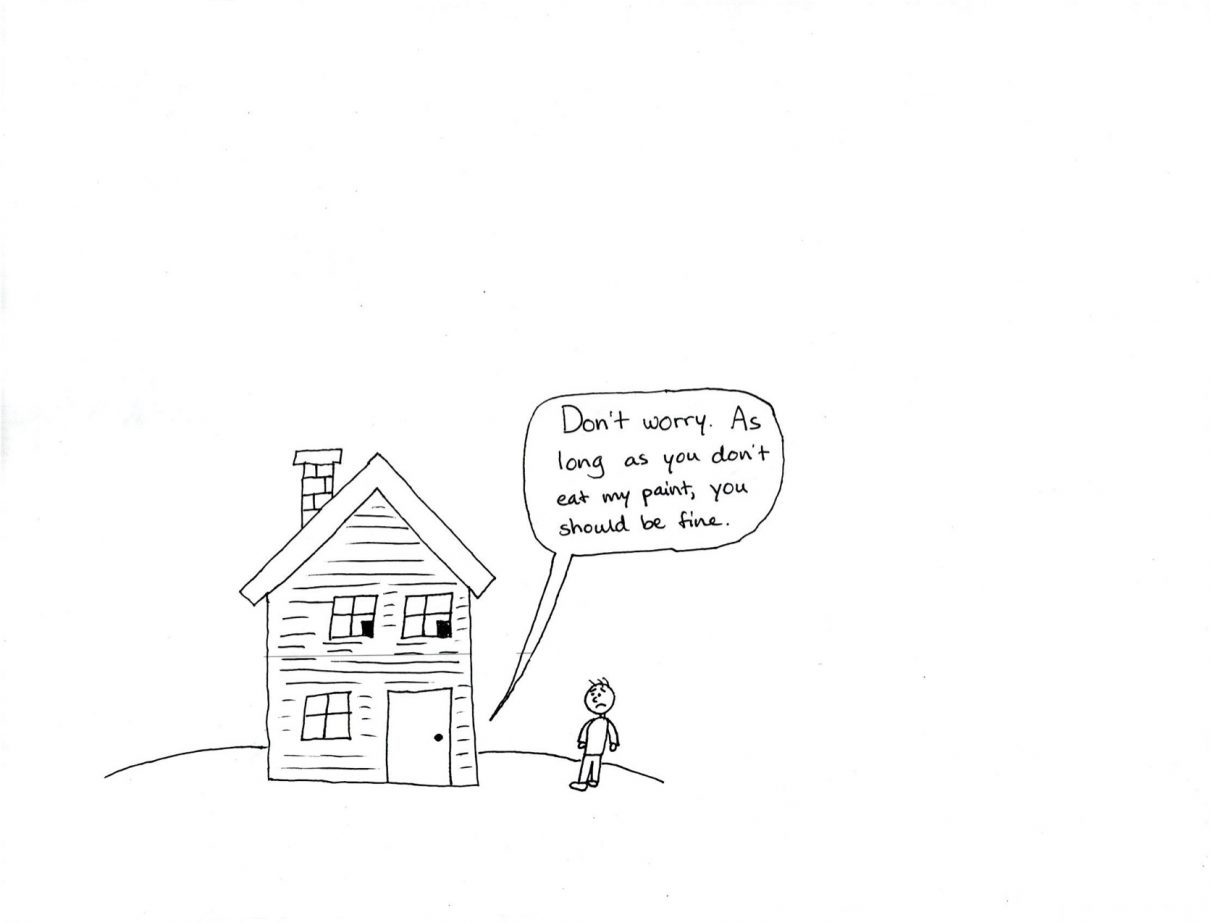
Recent chemical lab tests have determined that some houses on Frye Street have lead paint layered into their walls. The houses with definite presences of lead in the exterior paint are Chase, Frye, Hacker, Herrick, Mitchell, Moulton, Pierce, Whittier, and Wilson. No interior paint was found to have a significant amount of lead.
Future tests could reveal more houses to add to the list. Still, these recent tests are now the first on Bates record to offer specific results on which houses still have lead paint. With this new information, the question now is how safe these student residences really are.
Safety concerns about Frye Street residences are not overly surprising given their age. Many of these houses were constructed or purchased in the early twentieth century. Milliken House and Whittier House have been part of Bates Campus for the longest time, added in 1902. Due to the time period in which they were built, the earliest structures of these houses were constructed according to different safety codes than the ones that regulate construction today. Fortunately, inspections and renovations throughout the years have kept these buildings up to modern standards. Although students may sometimes feel that the houses have safety issues, they are just as safe as any other dorm buildings on campus.
The Bates Student spoke with Hunter Smith from Bates Environmental Health and Safety, who explained how the college approaches the challenges of keeping everything safe for students living in old Frye Street buildings. Upon hearing the specific findings on lead paint content, Smith expressed gratitude for the work, but no major work will be done to remove the lead paint. In fact, although the knowledge of the exact amounts of lead paint in each house is new for EHS, the safety coordinators had “long known that there was lead on Frye Street.” The knowledge has come up during inspections, when scrape tests or X-Ray tests check the layers of paint for exactly this issue. Yet the college tolerates lead in their buildings because lead paint itself is not dangerous under normal circumstances.
While it is generally safer to live in a building without lead paint, residing in walls with lead in them does not involve any immediate danger. The lead paint on Frye Street only exists as an inner layer, covered by lead-free paint, so that the lead is never exposed and therefore poses no risk of being ingested or absorbed in any way. Using lead paint for residences has been illegal since 1978, and since then all Frye Street buildings have been painted over with safe paint. Now, the only way that the lead can harm occupants would be destruction of the paint itself: if the paint is chipped deep and into fine enough particles, then lead could possibly become a hazard.
According to Smith, the asbestos in these buildings has the same kind of dangers. Pipe insulation and tiles both contain asbestos, which is poisonous in a way similar to lead. Both lead and asbestos pose a health threat when in the form of small, loose particles like chips or dust. As they are in buildings now, the asbestos does not present a threat. Dorm damage or construction projects are the most feasible events that could bring problems from lead or asbestos. However, dorm damage should be avoided regardless of lead presence, and any renovation or abatement construction will take the necessary precautions to keep students and workers safe. By simply being responsible residents, lead and asbestos in these old houses should not have an impact.
Lastly, fire safety is another concern that is well acknowledged and addressed by the college. Taking an older New England house and applying modern codes can be challenging. All houses have enough doors for a variety of fire exits, but some residences, such as 10 Frye, have doors that open inwards rather than outwards. Recalling the 1942 Coconut Grove tragedy in Boston, when 492 people died in a nightclub fire due to inward-opening doors, changing all residence doors to outward hinges would be much safer. All dorms already utilize this precaution, so in spite of the passable safety given to Frye Street houses, future renovations could be extremely helpful. For the time being, Smith advises students to abide by occupancy limits and respect fire doors to keep everyone safer in case of fire emergencies.
Students living on Frye Street should not be worried about the age of their residence building, since they have been checked and cleared by inspections. Even though they may contain some outdated building materials, this is not dangerous unless the property is seriously damaged. This article calls attention to the issues of lead paint, asbestos, and fire safety in order to keep you prepared, not anxious. If you somehow do encounter any of these hazards in a dangerous situation, you should immediately contact Facility Services or EHS. These resources are available to all students on campus.
A previous version of this article erroneously listed the night club name as Flamingo Paradise. It was actually called Coconut Grove.



